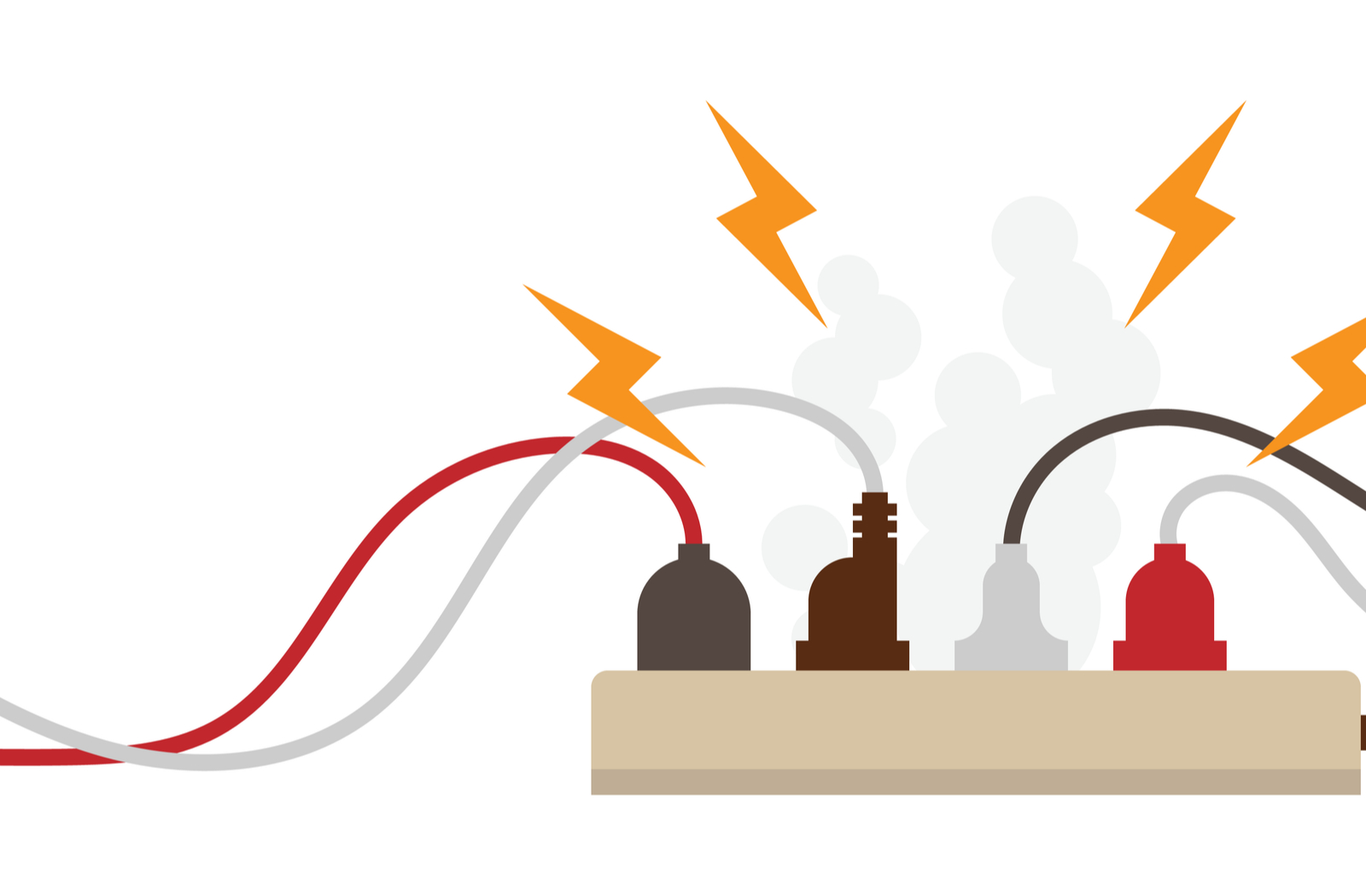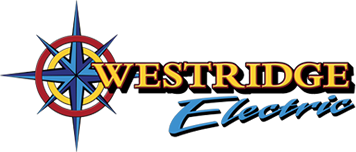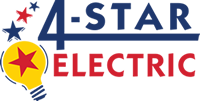
Imagine this: you’re surfing the net on your computer while your phone charges on the table beside you. Without warning, both your phone and computer shut down (and probably a few other appliances, as well). You try plugging your devices in and out again, but nothing seems to be working. So, what’s the issue?
You may have just had a power outage in your area, or it could have been something else, like a power surge or overload. Both surges and overloads have the potential to cause serious harm to your home or appliances, so it’s important to know how you could protect your home in case of these events.
But surges and overloads are different from each other, and protecting yourself from these issues depends on different strategies. Today, we’re going to take a look at the difference between surges and overloads, the issues it might cause, and how you can keep your home and family safe from these events.
Why Do Surges & Overloads Happen?
Okay, so your home or your appliances aren’t working—how do you tell if you’ve had a surge or an overload?
There are several different signs you could look for if you’ve had a surge or overload. Finding out what may have caused the issue is a great first step to getting the power restored in your home.
However, electricity is powerful and dangerous, so even if you know what the problem is, please do not start your own fixes until you’ve talked to our electricians. While power is important to your life, nothing is more important than safety.
An Electrical Surge
Surges can cause serious damage at a moment’s notice. Power grid switching, transformer malfunctions, or even lightning strikes can create a surge of electricity that can flow from power lines outside your home to the devices you have plugged into your electrical outlets.
You can even experience a surge if you plug in high-powered appliances, which can affect how voltage flows for a brief moment. You can tell if you’ve had a power surge if:
- You see your device’s clock flashing
- The device does not work
- Your outlet smells like it’s burning
- Your surge protector needs resetting
An Electrical Overload
Overloads typically happen when you have too many appliances pulling power from your electrical panel. In some cases, your breaker will “trip,” cutting off the power to all your devices. However, you may notice you’re overloading your breaker if you notice:
- Dimming lights when you plug in an appliance
- Your outlets becoming warm or hot
- Your devices aren’t working properly
- Odours like burning or smoke
- Buzzing coming from your outlet
In any of these situations, remove the appliance immediately and call our team.
Protecting Yourself from Surges & Overloads
Now that we know what surges and overloads are and how they can affect your home, it’s time to look at how you can protect yourself from these events.
Some of these strategies are as simple as buying a specific type of power bar, but some may even connect to your breaker to provide whole-home protection right at your electrical source.
Surge Protection
One of the most common strategies for surge protection is to purchase a surge protector power bar from your local hardware store.
Unlike traditional power bars, surge protectors use a specialized redirecting method to ground any excess electricity before it can travel to your device. Surge protectors measure its protection levels in joules—the higher the joules, the better the protection.
However, we can also install a surge protector right at your electrical panel to provide protection throughout your entire home!
Overload Protection
Overload protection can be a little more complicated to understand, but it can also save you a fortune in possible damages. Thankfully, most homes have a circuit breaker that will cut off power to these overloading circuits and protect your home.
Your first step is to understand what circuit powers which part of your home. You’ll likely have them labelled on your circuit breaker, but if you don’t, one of our electricians can help you safely map out your circuits. You could map these out yourself, but we like to ensure you have professional advice so we can prevent any potential problems when using your circuit breaker.
Once you map out your circuits, you can determine how many watts the circuit can provide. Most of these circuits are either 15 or 20 amps on a standard 120-volt circuit, meaning they can carry a load of 1,440 to 1,920 watts.
Now that you understand how many watts the circuit has, you can determine how much energy your appliances are using from the circuit. These can include lights, refrigerators, computers, televisions, phone chargers, etc. If your demand exceeds the circuit’s wattage, you’ll overload the circuit.
The breaker will “trip” and cut off all power to the circuit when it overloads. You can then reset the circuit by turning it back on again from the breaker.

For The Ultimate Protection, Call Our Team
We’re ready to help you find ways to protect your home from overloads and surges. If you’d like to see how we can help, contact us today for an electrical inspection!


